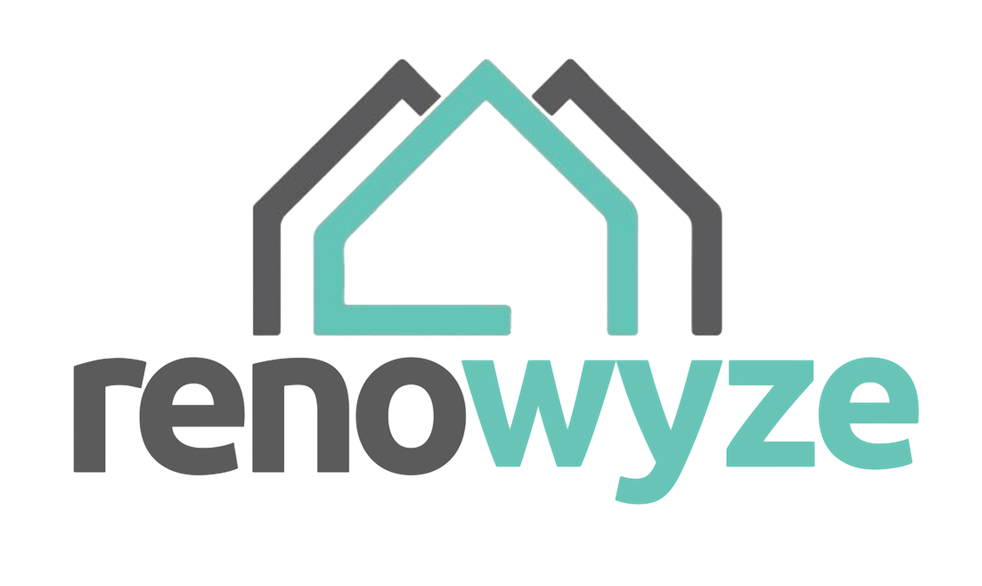The multifamily housing sector is poised for significant changes in 2024, driven by evolving demographics, technological advancements, and shifting market dynamics. Here are some key trends to watch:
1. Increased Demand for Sustainable Living
Sustainability continues to be a top priority for both developers and residents. Expect to see more multifamily properties incorporating green building materials, energy-efficient systems, and sustainable practices. Features such as solar panels, energy-efficient appliances, and recycling programs will become standard.
2. Rise of Smart Home Technology
Smart home technology will become increasingly integrated into multifamily housing. Residents will demand features like smart thermostats, keyless entry, and automated lighting. Property managers will also benefit from smart systems that enhance security, manage utilities, and improve overall operational efficiency.
3. Growth in Co-Living Spaces
Co-living arrangements, where individuals share living spaces and communal areas, will continue to grow in popularity. This trend caters to younger generations and urban professionals seeking affordable housing options and a sense of community. Co-living also offers flexibility in leasing terms, which appeals to transient workers and digital nomads.
4. Health and Wellness Amenities
Post-pandemic, there is a heightened focus on health and wellness. Multifamily properties will increasingly feature amenities such as fitness centers, yoga studios, outdoor spaces, and even on-site healthcare facilities. Air quality improvements and biophilic design, which integrates natural elements, will also be prioritized.
5. Flexible and Remote Workspaces
With remote work becoming more prevalent, multifamily developments will adapt by offering flexible workspaces. This includes co-working areas, high-speed internet, private meeting rooms, and soundproof work pods. These amenities will cater to the growing number of remote workers and freelancers.
6. Emphasis on Community Building
Creating a sense of community will be crucial for multifamily housing developers. Expect to see more properties incorporating communal areas like rooftop gardens, shared kitchens, and social lounges. Regular community events and resident engagement programs will also play a key role in fostering a connected living environment.
7. Affordable Housing Initiatives
As housing affordability remains a concern, there will be a continued push for affordable multifamily housing. Developers will work closely with local governments and non-profits to create mixed-income communities and leverage tax incentives to offer more affordable units.
8. Urban Suburbanization
The trend of urban suburbanization, where suburban areas adopt urban characteristics, will gain momentum. Multifamily developments in suburban areas will offer urban-like amenities such as walkability, proximity to public transportation, and access to retail and entertainment options, appealing to those seeking a balance between urban and suburban living.
9. Adoption of Modular and Prefabricated Construction
Modular and prefabricated construction methods will become more common in the multifamily sector. These methods offer faster build times, cost savings, and consistent quality, making them an attractive option for developers looking to meet high demand quickly and efficiently.
10. Data-Driven Property Management
Data analytics will play a crucial role in property management. By leveraging data, property managers can optimize operations, improve tenant satisfaction, and enhance marketing strategies. Predictive analytics will help in anticipating maintenance needs and reducing operational costs.
11. Focus on Inclusivity and Accessibility
Inclusive design and accessibility will be key considerations in multifamily housing developments. Properties will cater to diverse populations, including families, seniors, and individuals with disabilities, by offering a range of unit sizes and features that enhance accessibility.
Conclusion
The multifamily housing market in 2024 will be shaped by sustainability, technology, and a focus on community and wellness. Developers and investors who stay ahead of these trends will be well-positioned to meet the evolving needs of residents and capitalize on new opportunities in the sector.
How Renowyze Can Help
At Renowyze, we specialize in capital project management and structural renovation programs that align with the latest industry trends. Our expertise ensures that your multifamily housing projects are not only financially sound but also sustainable and future-proof. Whether you're looking to invest in new developments, renovate existing properties, or implement advanced property management systems, our team is here to guide you every step of the way.
We understand the complexities of capital project management in the multifamily housing sector and are committed to delivering projects on time and within budget while maintaining the highest standards of quality. Partner with Renowyze to navigate the evolving multifamily housing landscape and achieve long-term success. Stay tuned to our blog for more insights, tips, and success stories in the multifamily, hospitality, and senior housing industries. Together, we can build a sustainable and prosperous future.
Related Articles
Related Articles



STAY UP TO DATE
renowyze LATEST
Receive bi-weekly updates from the team, and get a heads up on upcoming industry trends.
Contact Us
We will get back to you as soon as possible.
Please try again later.





